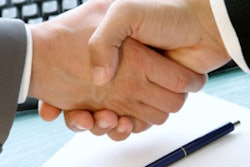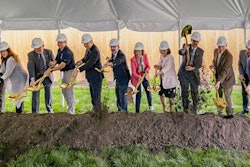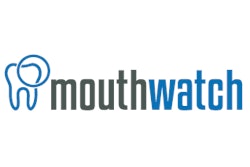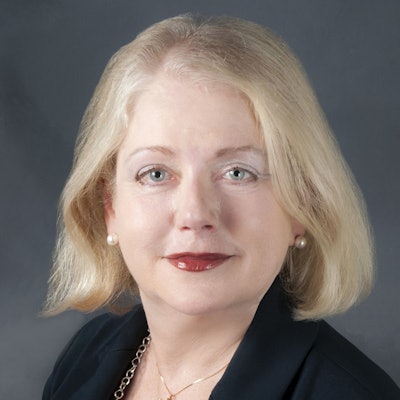
In part 1 of my article series, I focused on what data criteria we need to evaluate in order to determine when we will be able to open our practices once again. This time around, I will explain why receiving a green light to open does not mean you will be able to practice dentistry as usual.
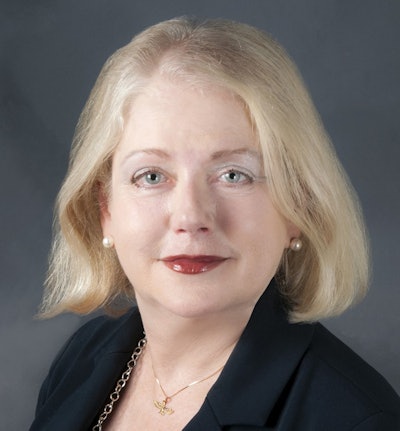 Margaret Scarlett, DMD.
Margaret Scarlett, DMD.There's no denying that the dental industry will change after COVID-19, much like the air travel industry changed after 9/11, but the change will be much more comprehensive in scope. We will always need to be on alert. A recent Journal of Dental Research article, cataloging the experiences of Italian dentistry in the last few months, suggests dividing our patients into four groups:1
- Patients with known COVID-19 infection
- Patients at potential risk for acquiring infection
- Patients of unknown status
- Patients who have recovered
To me, these groups don't matter. Why? Because we need to treat every patient as infectious. Thus, screening for COVID-19 among patients will go on for a very long time. Until an effective vaccine is developed and most of the population becomes vaccinated, COVID-19 will become a part of everyday life. Its death toll will be part of the annual national fatality rankings that list heart attacks, opioid overdoses, influenza deaths, automobile accidents, homicides, etc. We will learn to live with the risk of COVID-19 in daily life, just as we learned to live with an awareness of risk after 9/11.
Today's younger generation doesn't remember air travel without Transportation Security Administration (TSA) lines and today's babies may not know a world without the looming shadow of the novel coronavirus. What's more, I'm certain this won't be the last pandemic with which we'll have to contend.
Risk reduction is our new goal, but we have to admit that we are now aware that we cannot create zero risk. Truth be told, when you first unlock your doors, your staff may be apprehensive, and your patients, especially older ones, may stay away in droves. You may still be primarily treating dental emergencies for the near future. There's no going back to dentistry as usual, but to return to a reasonable and sustainable new normal, I believe the following changes must be seriously considered.
Eliminate waiting rooms
In the new reality of social distancing, the inherent risk of waiting rooms will have to be factored in. Beyond taking out toys and magazines, many of our colleagues are already taking out the chairs and "living room" feel of their offices so that proper cleaning and disinfection can take place. The Environmental Protection Agency (EPA) has provided a disinfectant list.
Patients may be asked to wait in their cars until a text message tells them when it is time for them to enter. They will be asked to leave their personal items in their car or stow them in a safe place in the office. They will be required to take off any personal protection they may have, especially if they have taken mass transportation.
Investment in aerosol reduction products
This will become a cost of doing business and will prove to be extremely important to employee and patient retention -- and ultimately to the bottom line. Train your staff on new policies you have now, including the ADA return-to-work toolkit. Talk to your staff about enforcement of your policies and any consequences for not following them. Be sure they understand that there is no such thing as zero risk.
In addition to face shields and face filtering respirators (FFRs) to protect our lungs during care (ADA interim guidance on reopening, April 18, 2020), we will have to assess the air flow in our operatory rooms. The Italian experience noted in the same J Dent Res article suggests that hospital operating room conditions should be considered after treatment and especially when an aerosol is generated.
Without providing any additional data, they suggest adequate room ventilation for at least five minutes after care. To me, if you don't have the $10,000 or more for a negative pressure room, required purchases will include, at the least, high-efficiency particulate air (HEPA) filters that filter out the smallest particles (smaller than 0.125 µm, if possible) and other methods that can "clean and disinfect" room air. Ultraviolet light and HEPA filters may help, but they may not be enough. Tune in to the evolving science.
Zero tolerance for sick patients or providers
We will have to review and revamp our policies and procedures to include the adoption of a strict policy of "if you are sick, stay home." This must apply to both practitioners and the dental team members, as well as patients. How can we do that? Patient scheduling is already a nightmare, you might say. But, like bench scientists, and even communication science, there is a science to scheduling, and we will have to learn this. It shouldn't have taken a pandemic for this to happen.
Patient scheduling as a science
Yes, it is a science and, in the information age, there are a number of dental companies with carefully developed algorithms who can help you fill up your schedule. If you haven't talked to one of them, be prepared for digital overwhelm, but it is worth it. If UPS can track packages at every stage, you can stay on track with patient scheduling -- with their help. What's more, your patients will say, "It's about time!" If I can schedule online and prepay for my dog's care, why can't we do that for dental cleanings?
Teledentistry becomes as ubiquitous as the telephone
At the time of writing, teledentistry platforms, such as MouthWatch TeleDent, are proving to be invaluable for conducting virtual dental triage, keeping patients out of emergency rooms, and scheduling emergency dental care.
In Wuhan, China, more than 1,600 teledentistry visits proved to be an effective strategy for risk reduction during their outbreak.2
In the new normal, teledentistry will be used to its full potential for delivering smartphone-enabled patient consultations, collaborating with providers, sharing patient data, improving clinical workflows, boosting treatment plan acceptance, expanding hygiene hours, establishing pop-up hygiene clinics, and much more -- even in-office hygiene checks.
The digital age is here to stay for dentistry. Teledentistry is a segment of digital dentistry that should rapidly become standard operating procedure. What's more, when we reopen our practices, dentists can use teledentistry to save time and help assess which patients to see first because we will have a backlog of patients requiring treatment. This is the good news regarding the new normal.
Recently, ADA President Chad Gehani, DDS, again showed leadership by announcing an ADA Advisory Task Force on Dental Practice Recovery with the goal of ensuring health and safety for patients and practitioners. Look for this final guidance. Along with your state and local government dictates on elective procedures, work on your standard operating procedures for reopening. Testing in dental offices may also be an option, if data and policy confirm this.
Like Dorothy in "The Wizard of Oz," we will find ourselves in a new world when we reopen, only to exclaim, "Toto, I have a feeling we're not in Kansas anymore."
References
- Izzetti R, Nisi M, Gabriele M, Graziani F. COVID-19 transmission in dental practice: Brief review of preventive practices in Italy. J Dent Res. 2020. doi:10.1177.00022034520920580.
- Meng L, Hua F, Bian Z. Coronavirus disease 2019 (COVID-19): Emerging and future challenges for dental and oral medicine. J Dent Res. 2020;99(5):481-487. doi:10.1177/22034520914246.
Margaret Scarlett, DMD, is an infectious and chronic disease prevention specialist, dentist, and author. For 30 years, Dr. Scarlett has provided expert guidance on infectious diseases and infection control as a consultant to the Centers for Disease Control and Prevention, the World Health Organization, the Pan American Health Organization, the United States Agency for International Development, the American Red Cross, and many consumer health companies.
The comments and observations expressed herein do not necessarily reflect the opinions of DrBicuspid.com, nor should they be construed as an endorsement or admonishment of any particular idea, vendor, or organization.




